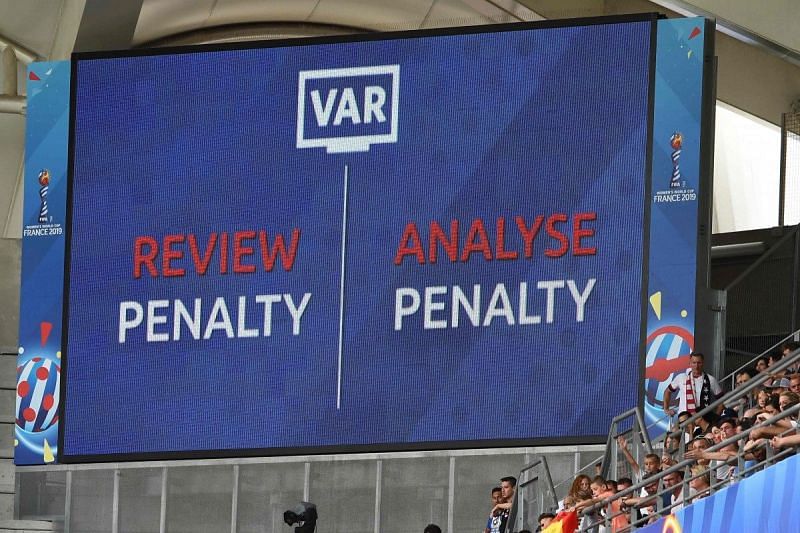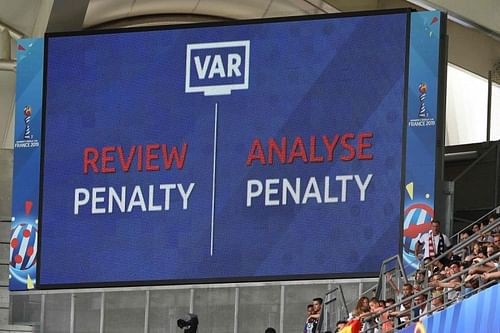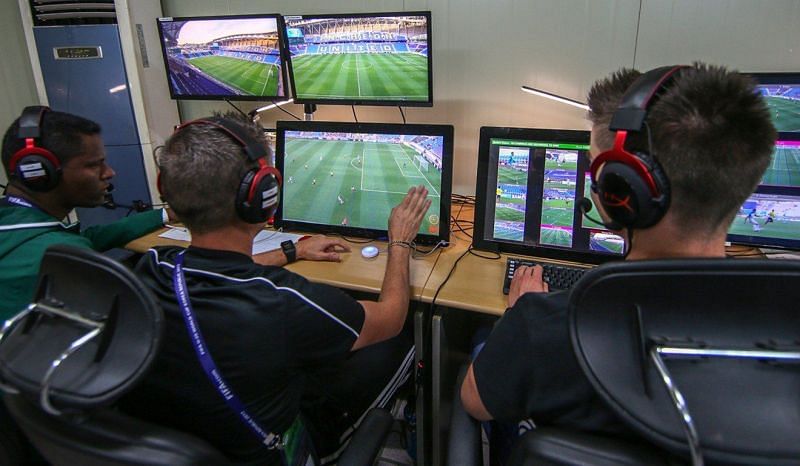
Opinion: VAR is essential for the ISL and here's how it can be implemented

The standard of refereeing in the Indian Super League (ISL) has come under criticism a few times in the past, but the opening week of the new season saw some really glaring mistakes that left coaches fuming.
Bengaluru FC (BFC) coach Carles Cuadrat lambasted the standard of refereeing in the ISL.
“While the overall standard of the ISL has gone up, the standard of refereeing has not. We see incredible situations with referees that you normally cannot see in professional football. Refereeing is a big problem. This is something that ISL CEO Martin Bain should look at and try to improve,”
Chennaiyin coach John Gregory also came down heavily on the referee who officiated in their match against FC Goa after replays showed that his team was denied a clear penalty.
He said, “It was unbelievable, the lack of a decision by both the referee and the linesman, it was a clear-cut penalty. For me, if that referee made that kind of mistake in Europe, you’d never see him again in the top league.
He’d be refereeing in the fifth division or a league where you’d never hear of him again. But in India, he’d probably be refereeing again this weekend. Nothing gets said, nothing gets done. The standard certainly needs to improve,”
To improve the standard of referring, the league organizers in the previous editions opted for a mix of international and local referees. Dubious decisions in this year’s league has once again put the spotlight on referees and the use of VAR (Video Assistant Referee).
Embracing it
Buoyed by its success in the 2018 World Cup, more and more countries are using VAR as they see it as a necessary tool to improve refereeing decisions.
The top seven leagues in Asia- China, Japan, Iran, South Korea, Saudi Arabia, and United Arab Emirates are using VAR, while some Southeast Asian countries such as Vietnam, Thailand, and Indonesia are planning for it.
Following its successful introduction in the first division, the technology has even been incorporated in South Korea’s second division (K League Challenge) this year.
There’s no doubt several dubious decisions in the ISL could have been avoided with the use of VAR, however, the costs associated with it makes it difficult to implement. The use of VAR has cost the South Korean second tier roughly £5000 per game, more than £1m per season, which is the same figure quoted by the Scottish Professional Football League chief Neil Doncaster .
Brazilian clubs refused to use it because of cost concerns. As leagues around the world continue to grapple with the new technology, sports marketers are exploring advertising opportunities during breaks created by video assistant referee (VAR) technology.
Tim Crow, an independent sports marketing adviser believes, ”It is the biggest sponsorship asset that football has ever created. Most other advertising is on the side, but VAR is in the middle of the game, part of the game. For a sponsor, that is a dream come true.”

Football is not considered very ad-conducive with just one break in between. VAR reviews represent a lucrative and untapped advertising opportunity in football, allowing marketers to reach audiences during a match. Also, advertisements during VAR breaks can subsidize the costs of the technology.
While most football bodies are still reluctant to embrace the idea, other sports such as American football and cricket already earn huge revenues during review decision breaks.
However, cost is not the only barrier to introducing VAR into Indian football. Indian referees have to undergo a thorough FIFA-approved education program before VAR can be introduced. At present, not all Indian referees are qualified to work with VAR.
To stay ahead of the curve, organizers of the Indian Super League must fast track plans for its introduction because every wrong decision by the match officials is tarnishing the image of the league.
VAR may not be perfect yet but it will definitely rid the game of many of its refereeing issues that have persisted season in and season out.